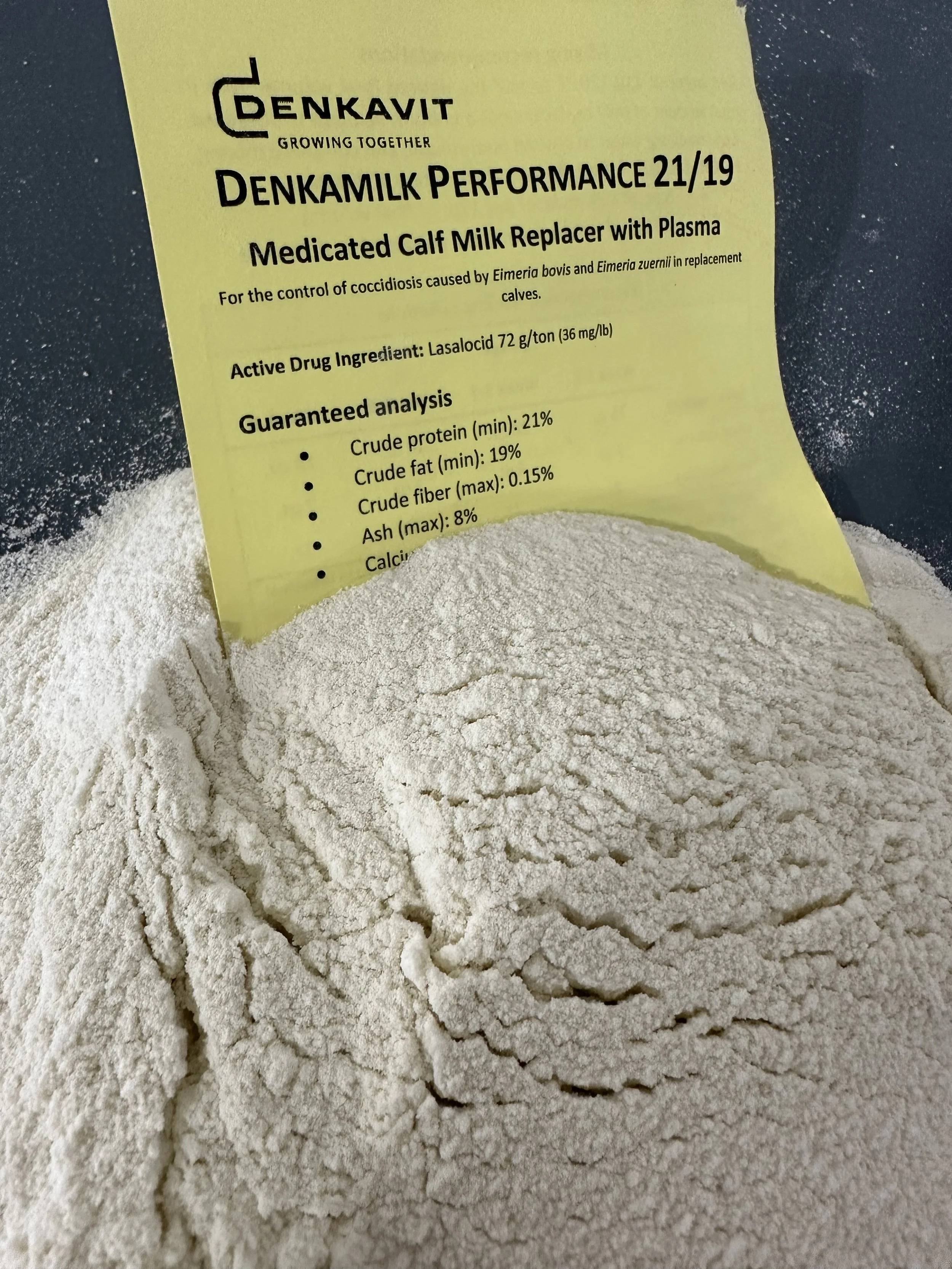Pain in my Ash, Debunking Safe Percent Solids Feeding Levels.
A burning question to many, and a hot topic for a few is, is it safe to feed my milk replacer at 14-15% solids?
This is a fairly weighted question with a lot of information to back it up, but the main concern when feeding higher solids levels is the increased osmolality.
Osmolality is the concentration of a solution expressed as the total number of solute particles per kilogram, blah blah, basically it’s how much stuff is dissolved in a certain amount of water, which can vary quite a bit based on how you mix your milk replacer and which milk replacer you use. Osmolality is important because when the concentration gets too high, it will tell the calf’s body to pull water into the digestive system to even out the concentration of the milk.
Why is that bad? Well, when you pull water into the GI tract, you pull it out of the body, causing dehydration. So high osmolality causes scours, what does that have to do with percent solids? Well, the higher the solids, the higher the osmolality, but there are a few key ingredients that will cause that osmolality to skyrocket disproportionately.
The main ingredient that can cause high osmolality is ash content, which is made of minerals. You can figure out the amount of ash by adding up the percent fat, percent protein, adding 5% for moisture and by knowing how much lactose is in your milk replacer the difference is the ash. The less lactose, the more ash. Feed too much of it and you’re going to be in big trouble. Add a water softener on top of that, and there could be even worse detrimental health effects on your calves.
How do you know how much ash is in your milk replacer? You don’t! Most companies don’t want you to know how much is in there! By law, it is not a requirement to put ash content on the label. With that being said, there are two things you can do. One, buy milk replacer from a company that puts it on the label (Hello, Denkavit!) or, get your milk tested in a lab. Some portions of ash are essential though, it shouldn’t be 0%, but it should be less than 7-8%, just like cows milk! When ash gets above 8%, it could potentially present negative impacts on calf health and growth.
All of this information sets the stage for our original question, can I safely feed my calves milk replacer at 14-15%? It really depends on the milk replacer that you are feeding and how much you know about it.
We use Denkavit milk replacer, we know that it has less than 8% ash (guaranteed on the label which is rarely the case with most milk replacers), and, we also know that we don’t use a water softener and our barn water has low TDS (total dissolved solids), meaning that we can feed higher percentages of solids safely. We also know that we have clostridium that lingers, and flares up in the winter, so if we chose to increase pounds of milk replacer fed in winter, based on risk factors on our farm, we would likely opt to keep our solids at 14.5% and increase total volume fed.
Do your own testing, learn about the products that you’re using, don’t take someone’s (the salespersons) word for it. Know what your water on your farm looks like, consider factors like disease risk and water softeners in your equation when deciding how you are going to set up your feeding program.
If you are interested in going over these factors with a nutritionist, please reach out to your local Denkavit representative today! They will get you and your calves on the path to success!

